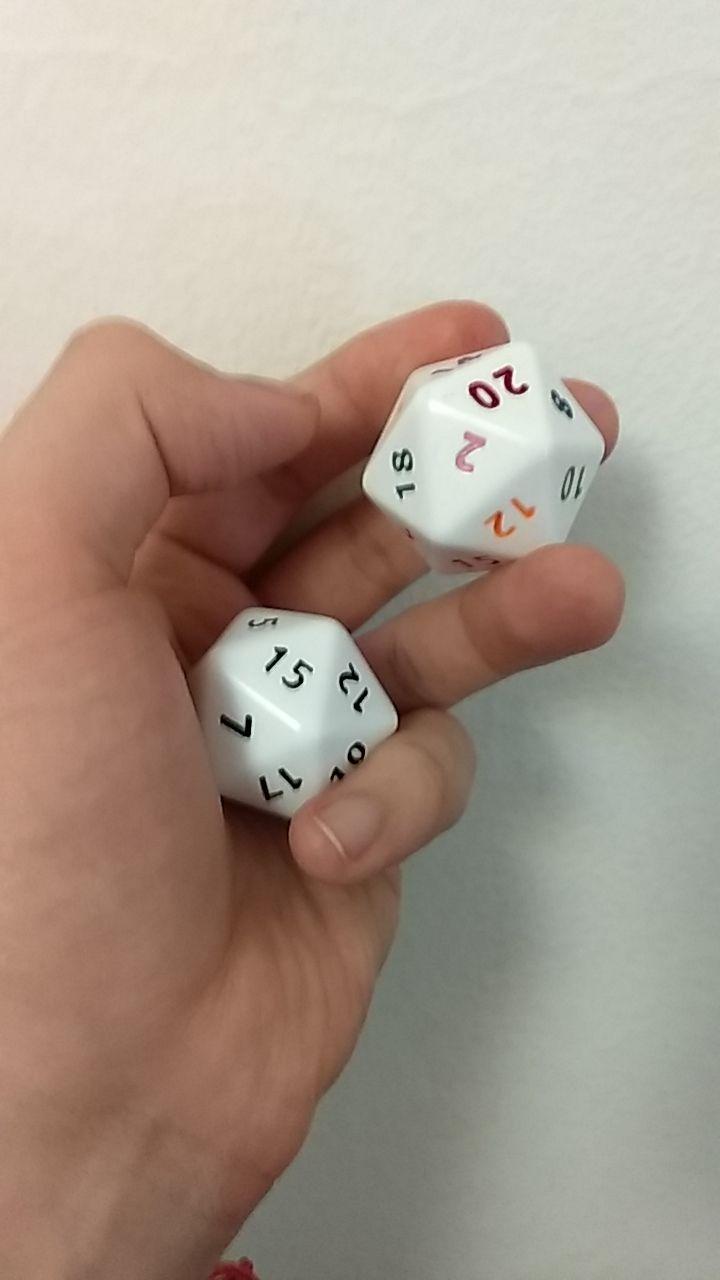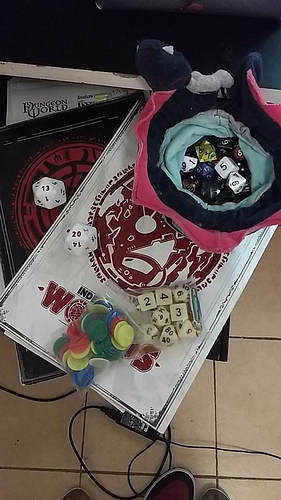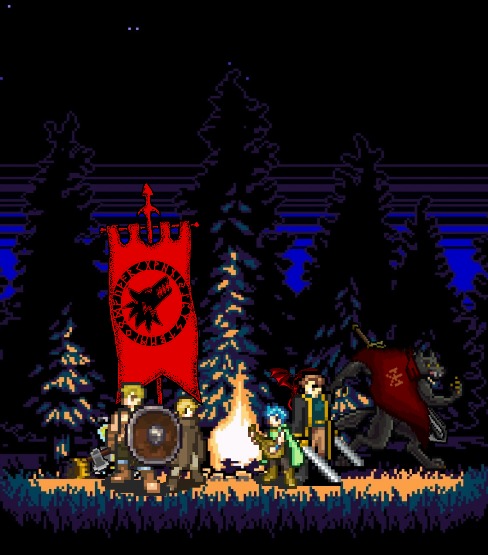I’m going to be honest. I need to run way more games to have a justification for my opinion. But I’m playing with this in my head.
I think default should be 5. I feel our hero’s should be competent and know what they are doing 90% of the time. So in a “training room” setting they know what they are doing. TN 5. With standard bonuses of +5 to their attack stat, they hit or are effective 95% of the time. Effort is where the magic happens. How effective are they?
Mind you, I require a effort roll on perception checks. 10 points and they know what they are up against, or at least the pointy bits most likely to kill them, (unless the opponent is sneaking…then it’s effort vs effort). But 2 tells them numbers and vector.
As things get more interesting, storm, mud, low light, lightning, smoke,hunger, slept in armor, well trained opponents…the target numbers start going up. To get TN past 15, and attacking a monster the size of a house…that 15 encompasses a lot. Fear, unknown/unpracticed situations, raw strength of the opponents. But it can also be the 10 angry dwarves armored from head to toe in magic resistant plate armor.
That said, I don’t see the reason to play out most rooms that are less than 10 TN. If the players slaughter the 3 kobolds…it’s pointless to play out. It’s the choices the players make that is interesting, what are they using up?
Sooo is 10 my default? Probably, with my knowing why it’s not 5. I, as the GM, need to why the players have a 25% chance of being ineffective against that zombie? Or if TN 15 against that Vampire? Why? Why 50% chance of effectively engaging?
Kobolds @ TN 18??? Why do they have the PCs soo rattled that they are ineffective 65% of the time? Hidden traps, smoke, patches of slippery ground, a smell that brings tears to the eyes, and bile to the throat? Or are the players playing incompetent idiots?
Are we just making it a game?
Also I’m becoming interested in rolling effort for saves. Dex save at TN 10 vs 7 points of damage…you roll 12 on your dex save, and then that D4 for basic effort to lessen the 7 points.
Analyzing this from the outside…basic effort is under utilized in most games I have played. Loot adding flexibility as opposed to just DPS should be coveted.





